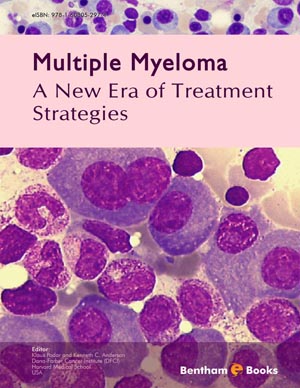Abstract
Treatment of multiple myeloma has undergone a significant change in the past decade due to a combination of better understanding of the disease biology, improved risk stratification models and several very effective therapies. As a result, the survival of patients with myeloma nearly doubled during this time period. However, patients eventually become refractory to current therapies and the disease remains incurable even with aggressive treatment approaches. As a result it is important to continue to develop new therapies for the disease, ideally based on better understanding of the basic disease pathophysiology. In fact several promising drugs are currently undergoing clinical evaluation for myeloma, and these drugs are at various stages of development. In this chapter, we summarize the ongoing clinical trials in the treatment of symptomatic myeloma, many of which likely will lead to effective treatments in the near future. Broadly these trials can be classified into three groups; (i) new drugs from drug classes shown to have efficacy in myeloma, (ii) new classes of drugs and (iii) combinations of new and old drugs. Other trials in myeloma are also examining different aspects of disease, including use of many of these drugs in the setting of smoldering myeloma to reduce risk of progression, use of new and current drugs in maintenance and consolidation therapy setting, as well as new drugs that are being examined as part of supportive care for myeloma.
Keywords: Pomalidomide, carfilzomib, salinosporamidine A (NPI-0052), bendamustin, HDAC inhibitors, vorinostat, panabinostat, HSP90 inhibitors, tanespimycin, AKT inhibitor, perifosin, elotuzumab






















